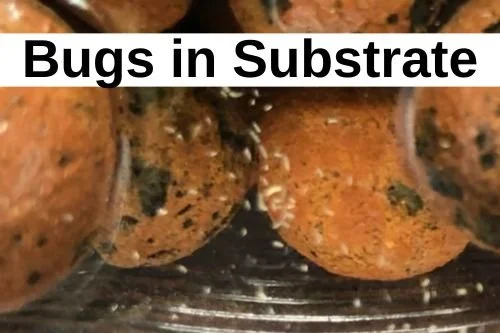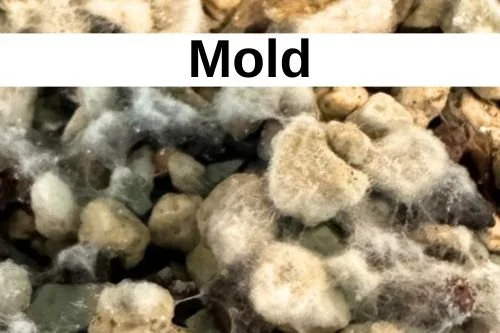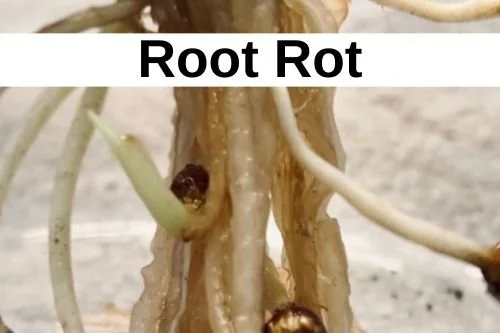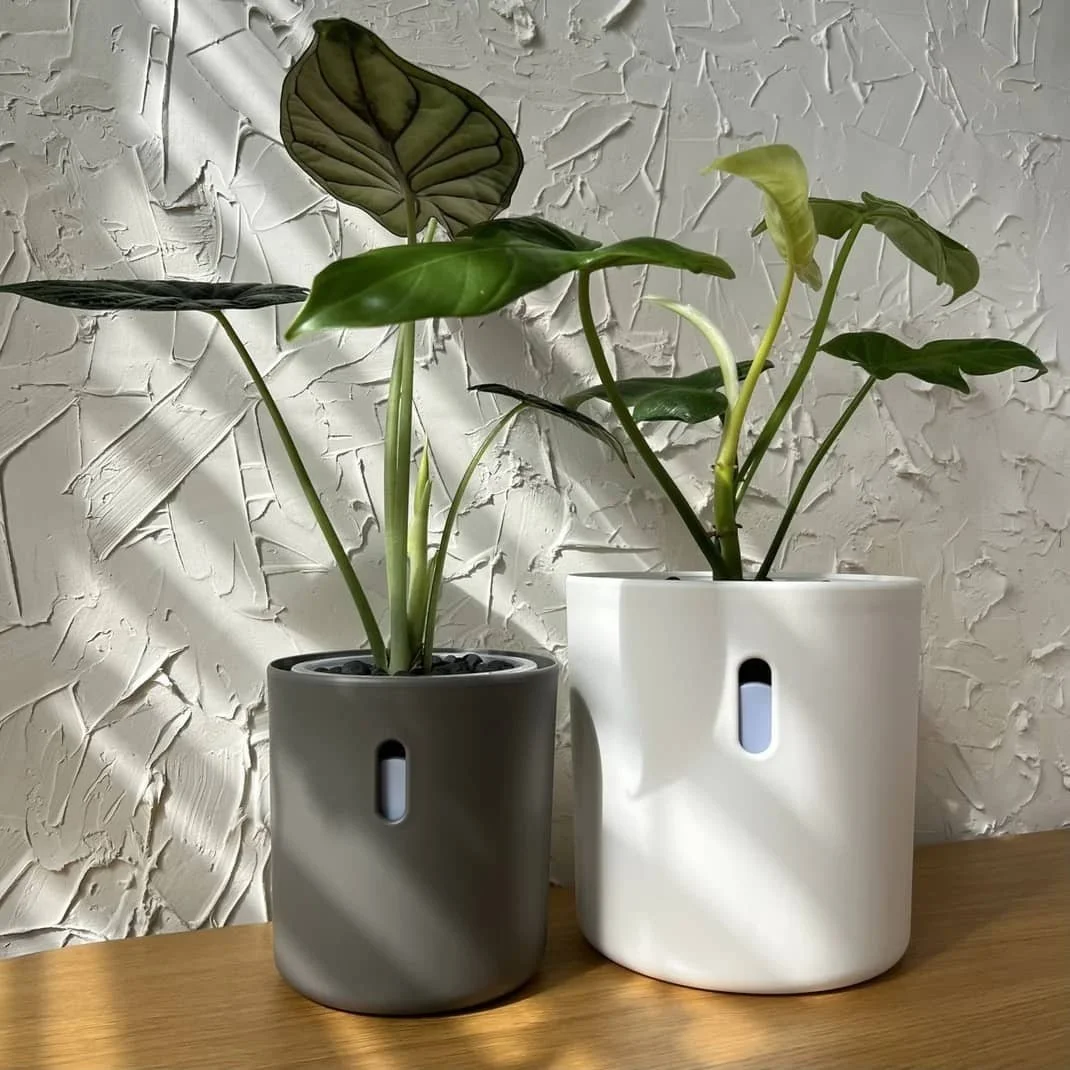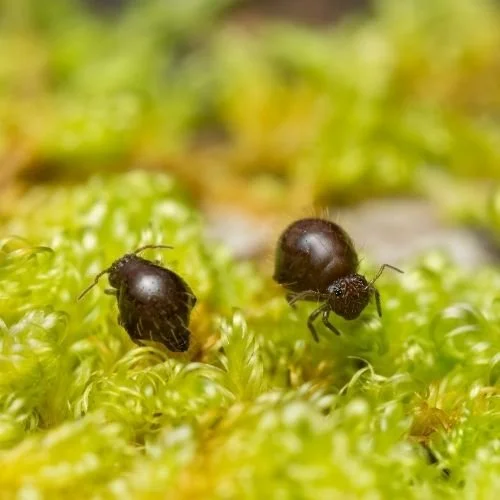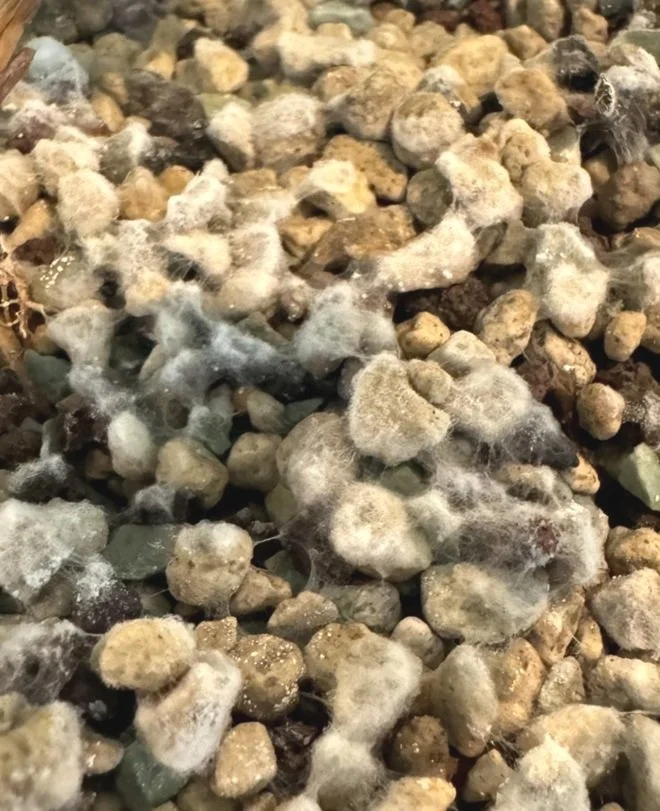Common Problems in Semi-Hydroponics & How to Fix Them!
Transferring a plant to LECA or Lechuza Pon doesn’t always go according to plan. Algae, mold, yellowing leaves, & root rot—what’s normal and what’s cause for concern? In this guide, we’ll cover the most common problems you’ll encounter when growing plants in Semi-Hydroponics, and what you can do to fix them!
Includes paid links. Read my Affiliate Disclaimer.
Select your Problem:
Algae
Algae Identification
If you see a slimy, green substance lingering in your nutrient reservoir and/or soilless substrate, you have algae!
What is algae?
Believe it or not, algae is everywhere. Algae spores travel through the air and seed themselves in hopes of encountering the three things it needs to thrive: nutrients, water, & light. Those three things are typically available in your semi-hydroponic set-up!
Algae in small amounts is harmless to your semi-hydroponic plant. But you may want to treat algae as algae blooms can quickly get out of control (feeding on nutrients that would otherwise go to your plant) and green slime isn’t aesthetically very appealing.
How to prevent algae
The best prevention for algae growth is to prevent light from entering your water reservoir. Opt for pots with opaque reservoirs like the following instead.
Other Algae Prevention Tips:
Only use inorganic, hydroponic fertilizers in your nutrient solution. My go-to is Foliage Pro on Amazon.
Stop excess nutrients from fueling algae overgrowth by regularly flushing your semi-hydroponic plants.
How to treat algae
If algae has already formed or you are unwilling to switch to opaque reservoirs, you can also use the following products to inhibit algae growth.
Bugs in Substrate / Reservoir
Bug Identification
The most common bug (technically ‘hexapod’) you’ll come across in semi-hydroponics is the springtail. They are very small (between 1/16th & 1/8th inch) come in many different shapes and colors (white, brown, black), so the easiest way to identify them is how fast they jump when you try to touch them. Springtails are harmless to your plant and actually considered beneficial as they feed on decaying organic matter like rotting roots and algae. However, aesthetically, you may prefer to do something about them if their numbers get out of control.
Varieties of Springtails
How to Treat & Prevent Springtails
Only use inorganic, hydroponic fertilizers in your nutrient solution. My go-to is Foliage Pro on Amazon.
Regularly flushing will prevent springtails from overtaking your semi-hydroponic plant. You can also periodically flush your substrate with Hydrogen Peroxide.
Mold
Mold Identification
If you seen fuzzy, white spores growing on top of your substrate, you have mold! Importantly, the mold growing in potting substrates are almost always strains of beneficial fungi and won’t harm your plant; however, their visible presence usually signals that the substrate has too much moisture and not enough oxygen.
How to Treat & Prevent Mold
The most important factor when it comes to preventing mold in semi-hydroponics is maintaining adequate airflow around the plant, especially when humidity levels are high. If growing plants in indoor greenhouse cabinets, make sure to add fans as discussed in the tutorials.
Other mold treatment & prevention tips:
Bottom watering & keeping a lower water level if your nutrient reservoir can also help combat mold growth.
Only use inorganic, hydroponic fertilizers in your nutrient solution. My go-to is Foliage Pro on Amazon.
Flushing will quickly rinse any existing mold spores from your substrate.
Roots Growing into Water Reservoir
You just repotted your semi-hydroponic plant and in a few weeks the roots have already grown into the water reservoir! Time for a repot, right? Wrong!
Why Roots Growing into your Water Reservoir Isn’t a Problem
Roots naturally grow towards water sources, so its inevitable that roots will actually grow into your nutrient reservoir over time. However, this isn’t a problem, nor a sign that you need to repot your plant or adjust the roots.
Roots adapt themselves according to the environment in which they grow. Roots that develop in water are well-suited to take up the nutrients the plant needs from its water reservoir.
So When Should You Repot a Semi-Hydroponic Plant?
The signs of a root-bound semi-hydroponic plant are similar to those growing in soil. You’ll want to upsize a plant growing in LECA or Pon when you notice either:
Un-explained leaf yellowing / leaf loss
Your water reservoir is depleting quickly and can’t keep up with your plant’s needs
Mineral Deposits (White Dust)
Mineral Deposit Identification
If you observe a white, chalky substance lingering on the top of your substrate, these are mineral deposits.
What are Mineral Deposits?
Mineral deposits accumulate when nutrient solution evaporates from LECA or Pon, leaving excess salts behind. These are generally not harmful to your semi-hydroponic plant, but can affect the pH of your nutrient solution in high quantities.
How to Treat & Prevent Mineral Deposits
Using distilled or reverse osmosis water in your nutrient solution can cut-down on the amount of salts in your reservoir.
Regularly flushing will quickly dislodge any existing mineral deposits
Yellowing Leaves / Leaf Drooping / Leaf Loss
Diagnose the Cause
Yellowing leaves, leaf drooping, & leaf loss are kind of like allergies—these symptoms can have many different causes. To accurately diagnose the problem with your semi-hydroponic plant, ask yourself:
Has the plant been growing in LECA/Pon for more than a month?
Are the roots brown, squishy, and/or smelly?
The chart below explains how you can determine your plant’s diagnose based on your answers.
How to Treat Transplant Shock
Transitioning a plant from soil to LECA or Pon can be a stressful event for a plant. Instead of growing new leaves, the plant must temporarily expend energy to adapt its root system to thrive in its new (wetter) environment. Because of this, you may observe some yellowing leaves, leaf loss, or wilting during its transition.
But don’t freak out! You can mitigate transplant shock for your plant by:
Increasing humidity by placing your plant in a DIY Greenhouse Cabinet, turning on a humidifier, or simply sealing it inside a Ziplock bag to slow down transpiration (water loss) and reduce wilting.
Flushing once per week for the first month to keep root-rot-causing bacteria at bay.
How to Treat Nutrient Deficiency
Nutrient Deficiency occurs if plants don’t get all of the macro or micro nutrients they need survive over an extended period of time, leading to chlorosis (loss of green chlorophyll) and stunted or deformed growth. You can prevent nutrient deficiency in semi-hydroponics by using a complete, inorganic fertilizer suitable for hydroponics (like Foliage Pro on Amazon) and mixing your nutrient solution properly.
Root Rot
Root Rot Identification
If you inspect the roots of your semi-hydroponic plant and find that they are brown, squishy, and/or smelly, then you have root rot.
What Causes Root Rot?
Root Rot is a bacterial or fungal infection of plant roots. These microorganisms thrive in “anaerobic” or oxygen-poor environments.
When it comes to semi-hydroponics, plants are most susceptible to root rot when first transitioned from soil to LECA or Pon when their roots have not yet adapted to getting oxygen from their new (wetter) environment.
How to Treat & Prevent Root Rot
Prevent root rot by:
Regularly flushing your semi-hydroponic plant, especially when first transitioning from soil.
Not overfilling your nutrient solution reservoir. If you find a plant is particularly prone to root rot, you may want to switch from a submerged pot set-up to a wicking pot set-up.
Treat existing root rot infections by:
Removing affected roots
Sterilizing remaining roots & substrate with hydrogen peroxide


